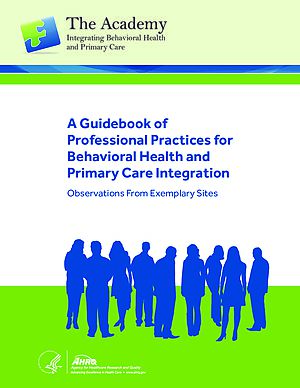In this section
Learn how health IT is used in behavioral health and pediatric care
Specialists have unique electronic health record (EHR) needs for clinical documentation and care coordination with other specialties, subspecialties, primary care, and other care settings.
Historically, very few specialists have adopted EHRs, but that’s changing with the advent of specialty templates and modules optimized for specific specialties, such as ophthalmology and dermatology. EHR options for multi-specialty groups are also evolving and gaining adoption in certain specialties.
This section provides EHR and health information exchange guidance for specialists.
It also offers:
- Workflow tools
- Case studies
- Best practices


